Writer: Nguyen Manh Tung – ID: 17
Electric cars – Green Tourism
Occurring since July 2010, electric cars are part of the clean transport project in the old quarter of Hanoi, managed by Dong Xuan Joint Stock Company. In the initial stage of development, it can be said that electric cars are very attractive and popular for travelers. There are 500 to 600 tourists per day, even 700 tourists using this service.

The route of operation of the electric car in Hanoi Old Quarter is about 6.5 km, passing through 28 commercial streets, 13 vocational streets, 22 temples, 9 temples, 3 pagodas, 8 historical relics and regional landscapes around area of Hoan Kiem lake and Dong Xuan market.
On the journey, the visitors will be introduced the history of the name of each street and the landscapes of the Hoan Kiem district in two languages (Vietnamese – English) to adapt the need of visitors that is exploring the cultural history, architecture of the old quarter and a part of daily life of the people in Hanoi.
After 7 years of operation, the image of electric cars running around the old quarters have become a popular means of travel with the capital. No smoke like a motorcycle taxi, not as expensive as pedicabs. Furthermore, last year after “The Walking Street” were officially put into service, green electric cars more became useful when other vehicles were not allowed in and out.
So Why this type of vehicles become a trend/innovative idea in Hanoi??
I can tell you “electric cars” is absolutely brilliant idea. Firstly, it is a vehicle running by electric/solar powered cars; it brings no noise, no dust and especially the green image for Hanoi. Therefore, it is considered as a perfect solution for the environment issues that every country now really cares about. Secondly, thanks to the green image of electric cars, it attracts more tourists to visit Hanoi, especially the Old Quarter. In the year of 2017, electric cars were serving nearly 300,000 visitors to Hanoi ancient streets, and the revenue reached over 8.8 billion VNĐ. In addition, when visitors come to the Old Quarter, Hanoi, they will have to chance to see the culture of Hanoi such as architecture, historical relics, silk, food street…So thanks to electric cars, it not only helps promote tourism, economic development but also preserves Hanoi’s signature culture and spreading the unique culture to foreign visitors.
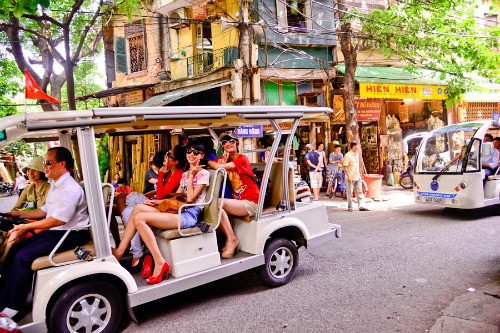
And finally, I really hope that the electric car service will be more and more stable to attract more and more people both Vietnamese and Foreign Visitors, contributing to keeping the peaceful, unique and green image for the old quarter and Hanoi.
Source: http://bnews.vn/tour-tham-quan-pho-co-ha-no-i-bang-xe-dien-hut-khach/51606.html
http://anbico.vn/tin-tuc/xe-dien-du-lich-pho-co-7-nam-nhin-lai/
Writer: Nguyen Manh Tung – Number 17

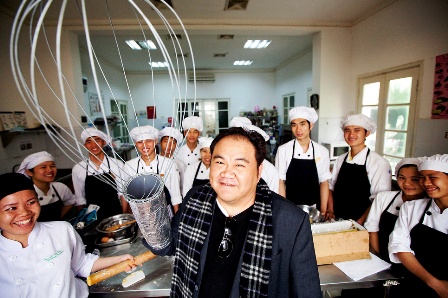 Jimmy Pham – KOTO Founder and Global Ambassador and KOTO’s trainees.
Jimmy Pham – KOTO Founder and Global Ambassador and KOTO’s trainees.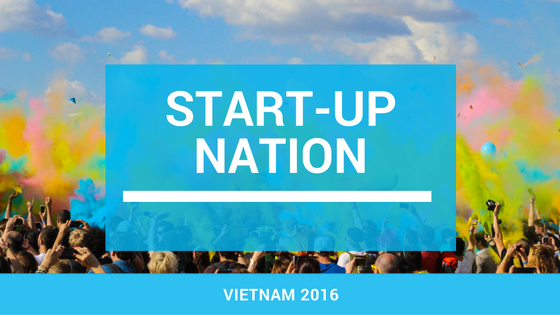
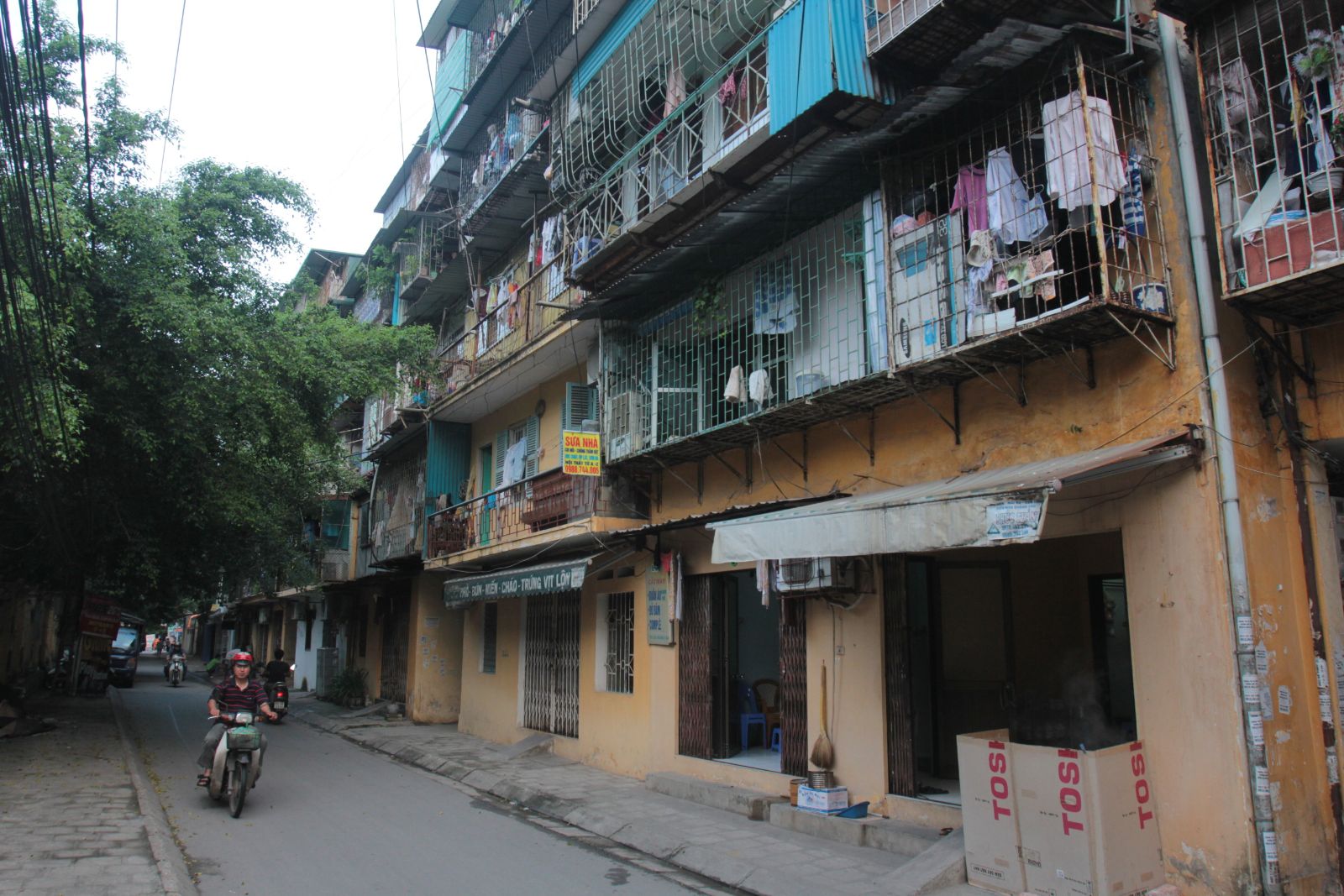
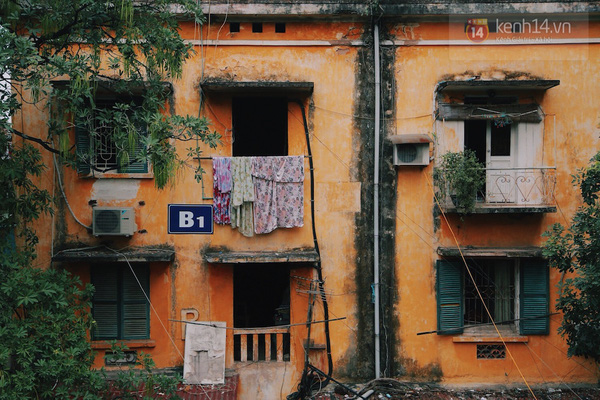
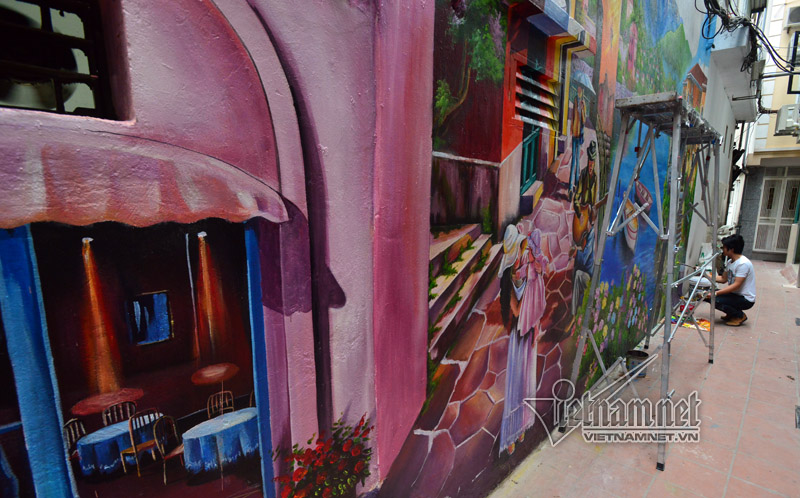
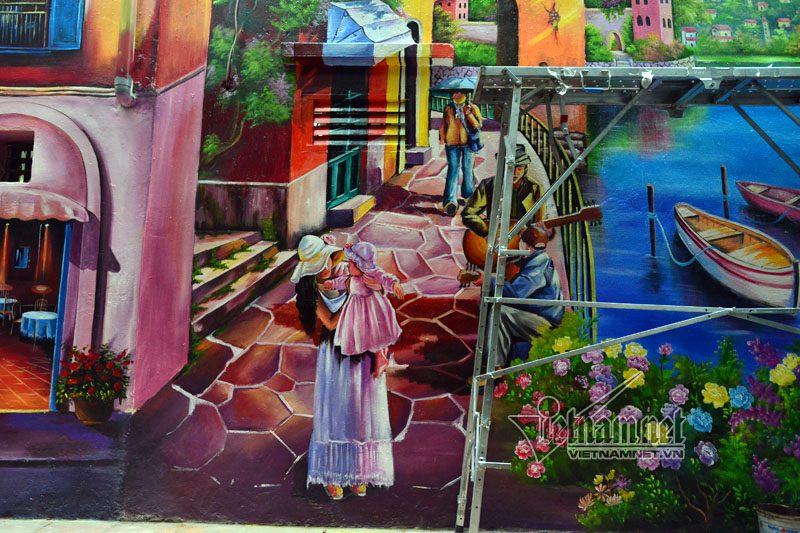




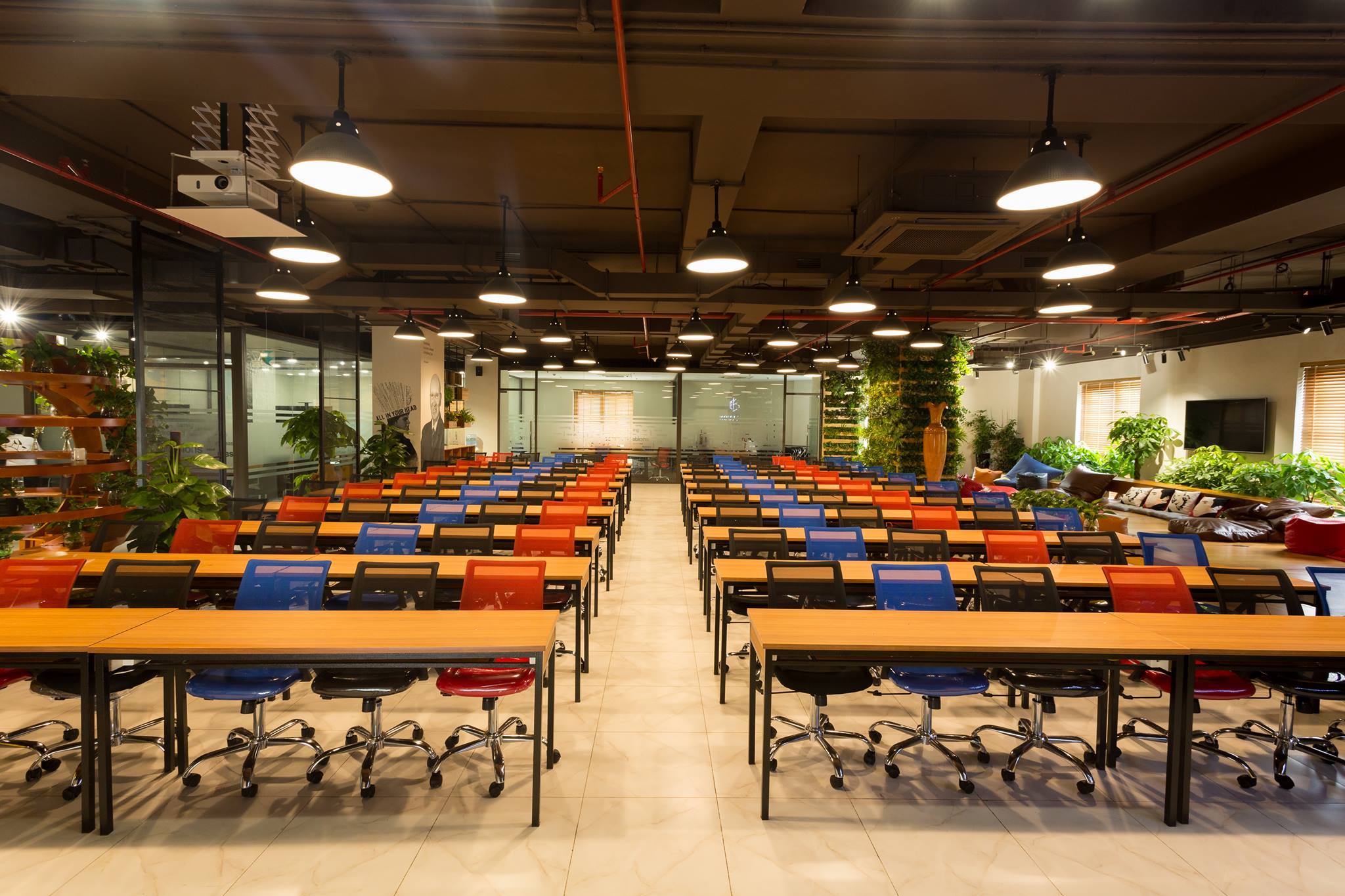

 will be fly selected to Vietnam to participate, network and meet the Steering committee for Smart cities and local authorities of cities such as Ho Chi Minh city, Da Nang and Hoi An (Quang Nam). The deadline for application was 18 September 2017.
will be fly selected to Vietnam to participate, network and meet the Steering committee for Smart cities and local authorities of cities such as Ho Chi Minh city, Da Nang and Hoi An (Quang Nam). The deadline for application was 18 September 2017.